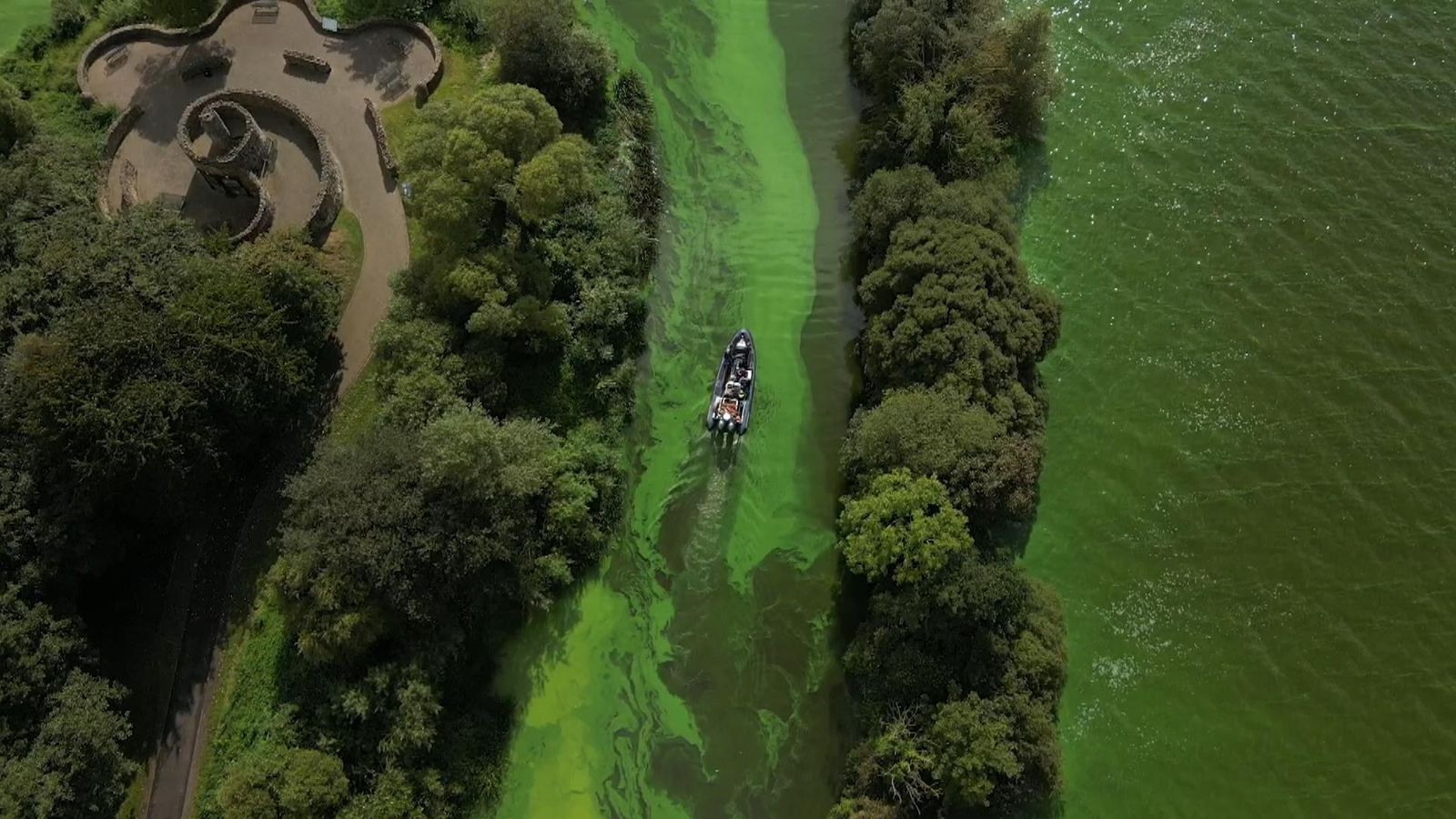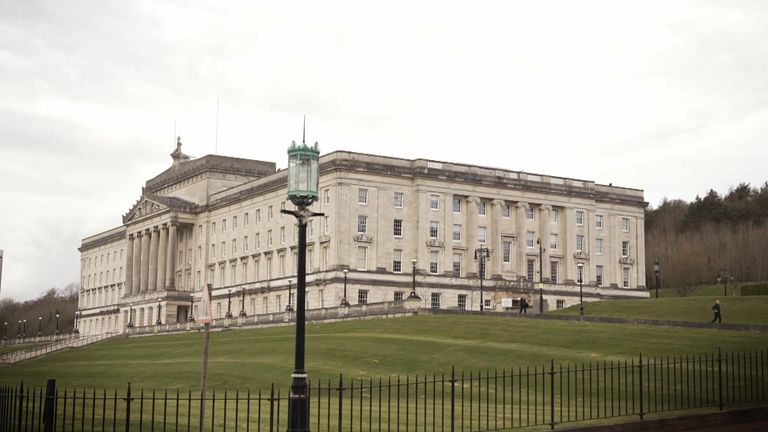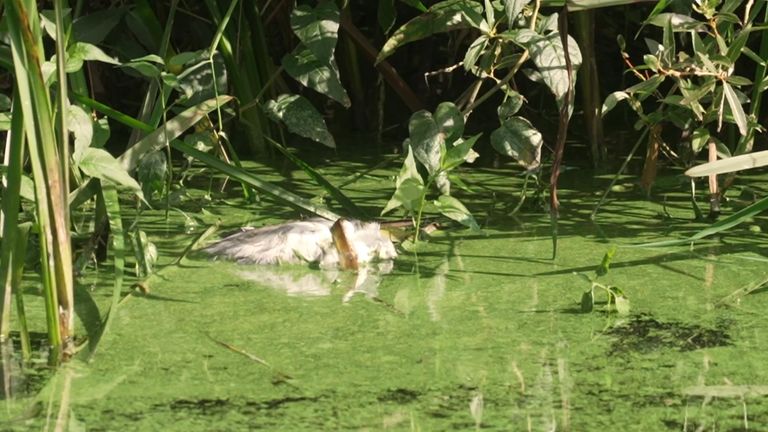Stormont stalemate is turning the water green in Northern Ireland


Life revolves around Lough Neagh – located right in the centre of Northern Ireland and bordering five of its six counties.
At 400 sq km, the biggest freshwater lake in the UK and Ireland, has a surface area larger than Malta.
From fishing – eel is the local delicacy – to leisure, it has been a source of work and play for generations.
But the lifeblood of so many shoreline communities has turned a bright shade of green, poisoned by toxic blue-green algae.
It vividly illustrates years of political failure – no legislation to protect the environment and no government to address the crisis.
With the devolved government mothballed over post-Brexit trading arrangements, it feels like a case of Nero fiddling while Rome burns.
This is personal to me. Lough Neagh was my late father’s playground. He grew up along the shoreline in Tyrone.
Completing the circle of life, my family and I live just six miles from the water and kayak on it.
We won’t be back out on it for a long time but that is the least of our worries now.
Advertisement
Forty percent of Northern Ireland‘s drinking water is sourced from Lough Neagh and Northern Ireland Water insists it is safe.
But the public will take some convincing when there are more dead fish and birds in the water every day.
I could not bring myself to drink water from the tap after seeing and smelling the deadly cyanobacteria up close.

Most people understand the constitutional issues at the heart of the battle over the trade border in the Irish Sea.
But they pale into insignificance when there is a perceived threat from toxic bacteria in the source of drinking water.
People know blue-green algae does not differentiate between those who vote green and those who vote red, white and blue.